Description
Red Pong Pong plant “Cerbera odollam rubra”
Pong Pong, scientifically known as Cerbera Odollam Rubra. It is a fascinating tropical tree. Native to coastal regions of India and Southeast Asia. This plant thrives in warm, humid environments.
Pong Pong is best suited for outdoor cultivation due to its need for ample sunlight and space to grow. One of its unique features is its poisonous seeds, often referred to as “suicide seeds” due to their historical use in poisonings. Despite its toxicity, Pong Pong is valued for its attractive white flowers and glossy red leaves. It a striking addition to tropical gardens.
Features of Pong Pong Plant :-
- Appearance: Pong Pong is an evergreen tree with glossy, dark red leaves and fragrant white flowers that bloom year-round.
- Height: It can grow up to 10-15 meters tall, making it a prominent feature in any garden or landscape.
- Seeds: The tree produces large, green, fibrous fruits that contain highly toxic seeds, often called “suicide seeds.”
- Warning: Due to its poisonous seeds, it is crucial to handle the plant with care and keep it away from children and pets.
Care Tips for Red Pong Pong Plant
- Soil: Prefers well-drained, sandy or loamy soil with organic matter.
- Watering: Keep the soil moist, especially during dry spells, but avoid waterlogging.
- Sunlight: Thrives in full sun to partial shade.
- Temperature: Best suited for tropical and subtropical climates.
- Pruning: Prune regularly to maintain shape and encourage healthy growth.


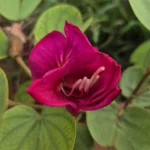
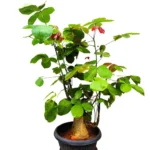

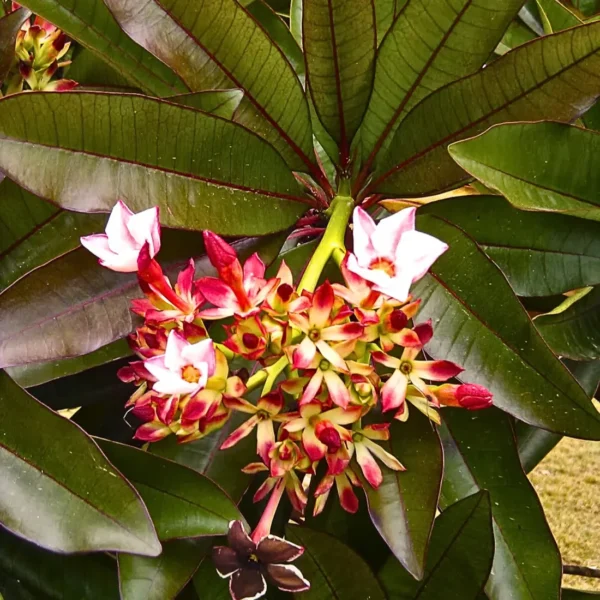
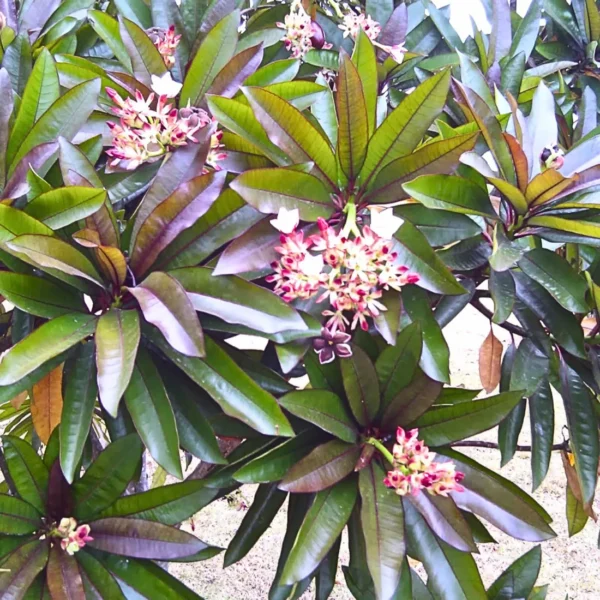

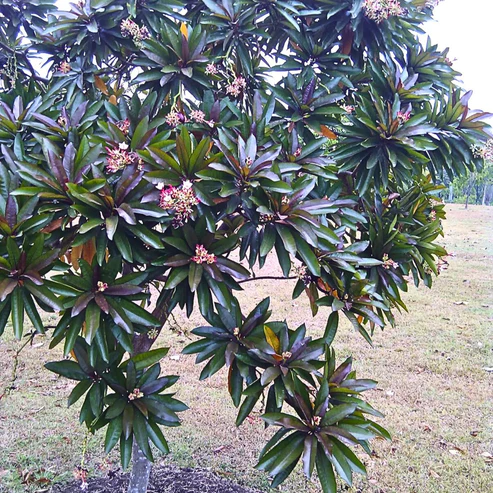
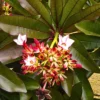

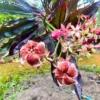
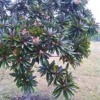
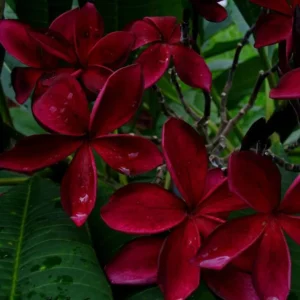
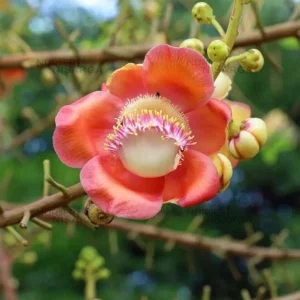
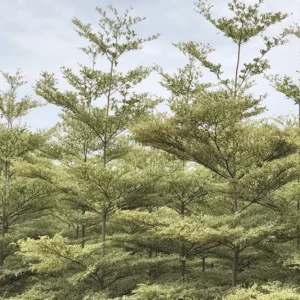
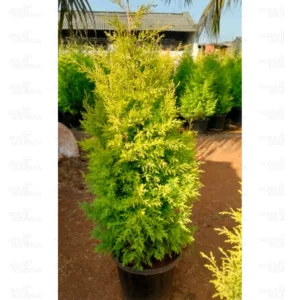
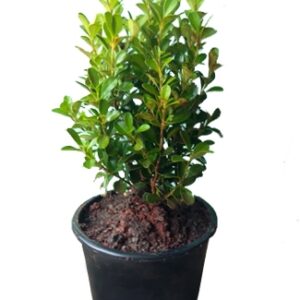

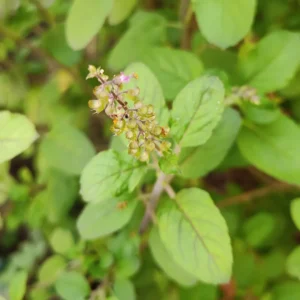
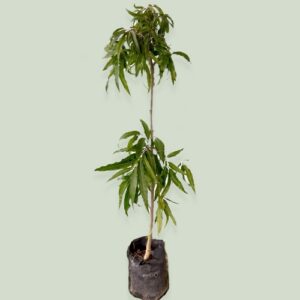
Reviews
There are no reviews yet.